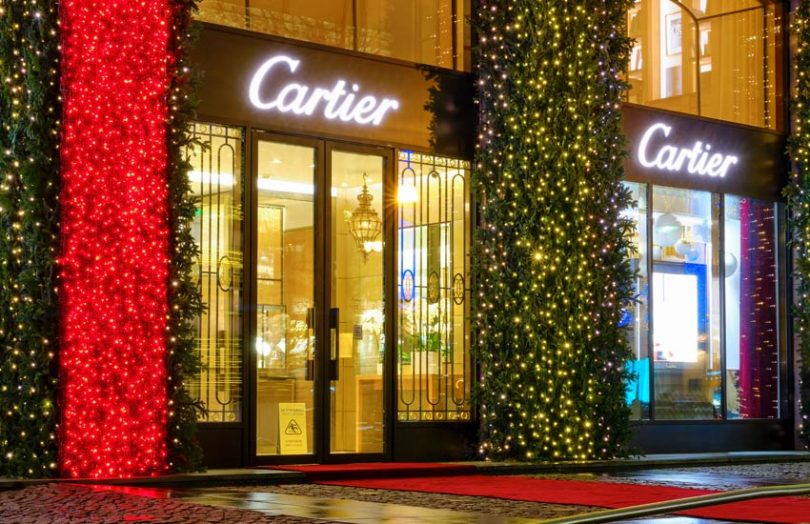Yesterday at the European Blockchain Convention, the blockchain tech lead at Richemont Pedro Lopez-Belmonte, spoke about its blockchain experiences. As the second largest luxury conglomerate in the world, Richemont owns numerous luxury brands, including Cartier, Dunhill, Piaget and online designer stores Net-A-Porter and Yoox. Lopez-Belmonte said that the company made an early bet on public blockchain because it was targeting consumers and wanted to provide transparency.
On the same panel, French supermarket Carrefour noted it was using enterprise blockchain Hyperledger Fabric to provide transparency to consumers via an API. One of the reasons for the selection was the supermarket wanted to be eco-friendly and not use too much energy for blockchain purposes.
Richemont’s Lopez-Belmonte then provided more color. The luxury company started with two proofs of concept. One was with Swisscom blockchain for Panerai watches using Hyperledger Fabric. And the other was with startup Arianee for Vacheron Constantin watches, which uses an Ethereum sidechain linked to the public Ethereum blockchain.
Article continues …

Want the full story? Pro subscribers get complete articles, exclusive industry analysis, and early access to legislative updates that keep you ahead of the competition. Join the professionals who are choosing deeper insights over surface level news.






